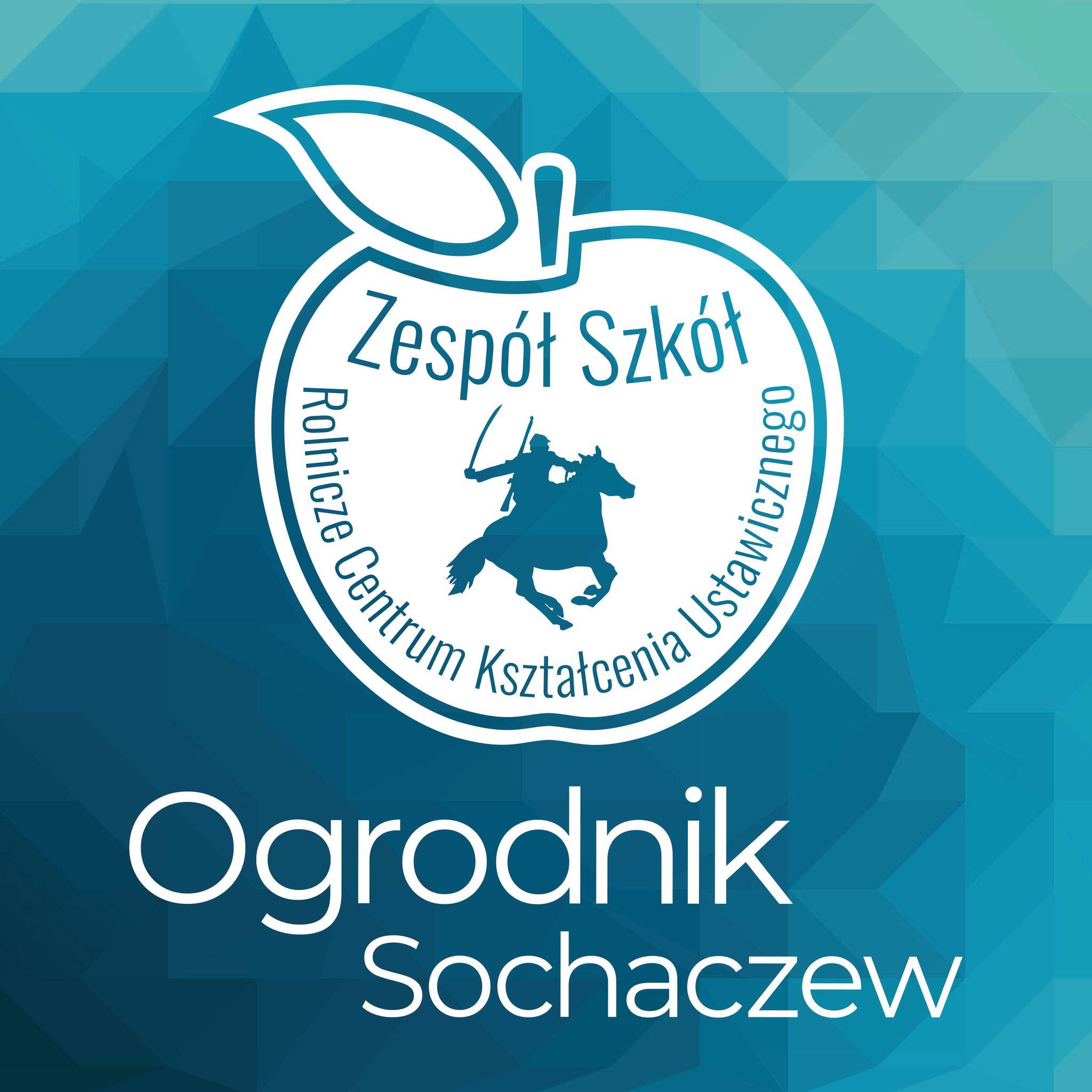Coffee is an integral part of Italians’ day, and their love for this stimulating drink has popularized its popularity around the world. But where did it all start?
How did coffee gain its popularity?
The history of coffee in Italy begins in the 16th century! It all started when traders from Venice started importing it from ports in northern Africa. The drink immediately gained huge popularity in Italy. However, at the end of the 19th century, the first cafes began to appear there, serving as a meeting place for artists, politicians, aristocrats and other important personalities. Additionally, in the 19th century, Italy began to export coffee to other European countries.
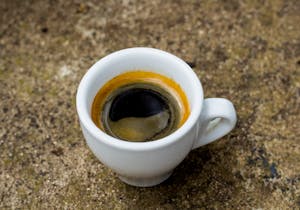
Types of coffee beans
There are many types of coffee beans available in the world. The drink from each of them will taste different. Let’s consider what are the most popular and how they differ from each other.
Arabica
Arabica is the more popular type of beans. It is preferred by most coffee lovers. Arabica beans are characterized by a milder taste, low caffeine content (from 1 to 1.5%), very rich aroma and are ideal for coffee brewed using traditional methods (e.g. in a teapot), additionally Arabica is characterized by higher acidity. Its largest plantations are located in Brazil, Yamen, Indonesia and Ethiopia. Additionally, Arabica beans are oblong and flat. Growing Arabica beans is much more difficult than Robusta because they contain less caffeine, which makes them easier to attract pests.
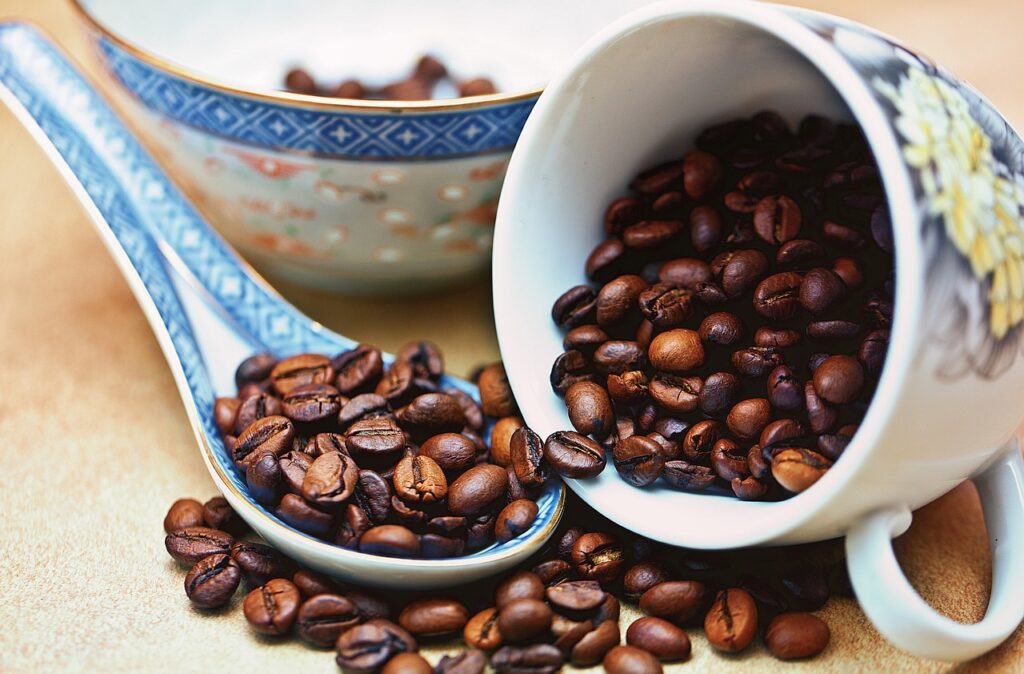
Robusta
The share of Robusta in the global coffee market is approximately 20-29%. Coffee made from Arabica beans is characterized by a spicy taste with a delicate hint of bitterness. This type of coffee is perfect for creating a creamy froth. Coffee has a high caffeine content of 2% to 2.5%, which makes it very resistant to pests. The beans are round and much smaller than Arabica and are usually gray or light green in color. Plantations of these beans can be found, among others, in Brazil, Cameroon, Indonesia, India and Uganda.
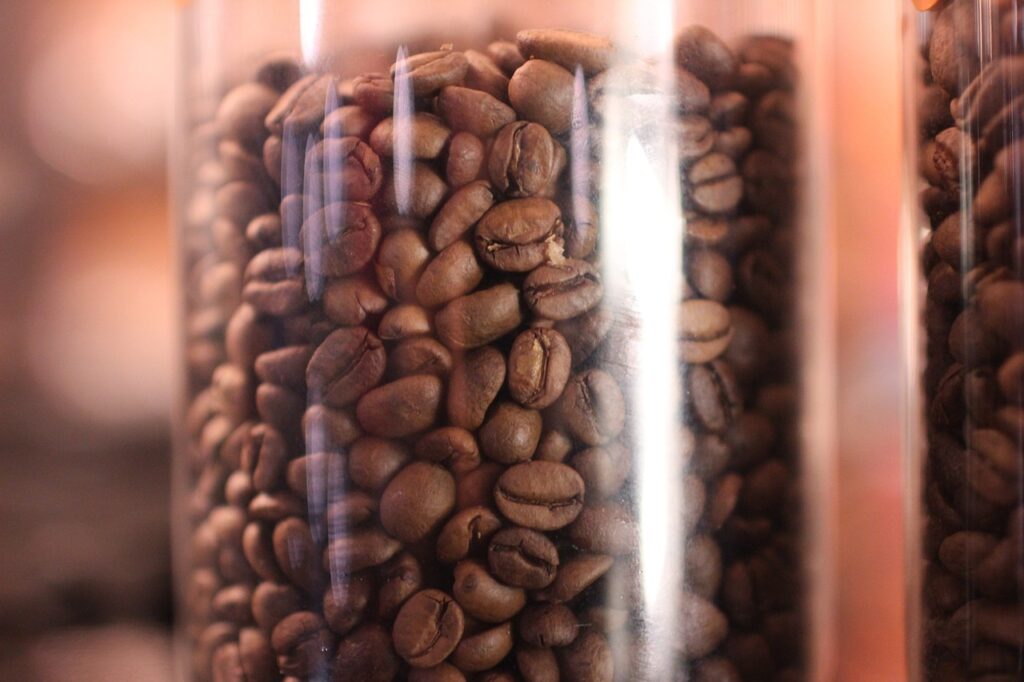
Types of coffee
Drinking coffee is an integral part of Italian art and culture. The most popular type of coffee is espresso, but it is also worth knowing other types.
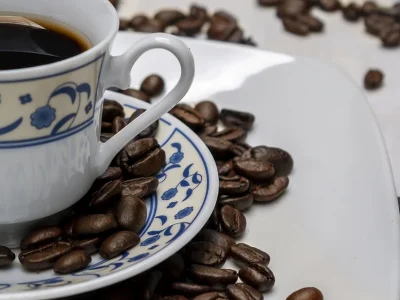
Espresso
The most popular Italian coffee, whose name comes from the way it is prepared. Hot water is forced through the ground coffee under high pressure. Espresso is a coffee drink with a higher caffeine content than others, characterized by a very strong taste and intense aroma. A serving of coffee is 25 to 30 ml of liquid. Espresso is covered with thick foam on the surface. This is a drink that is the basis for many milk coffees, e.g. Cappuccino or Macchiato.
Cappucino
A combination of espresso with milk and foam from steamed milk or cream. A traditional Italian cappuccino should be nutty in color. The drink is served in a cup with a capacity of 150-250 ml.
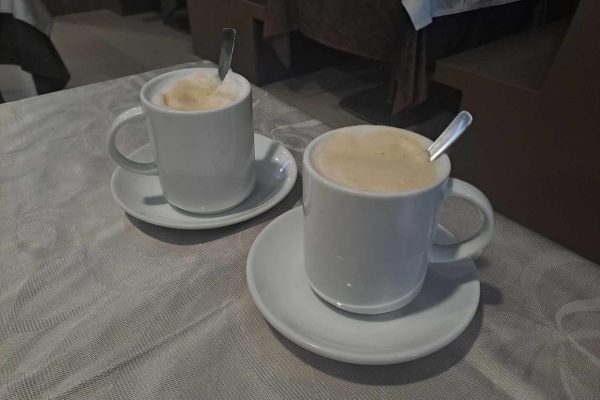
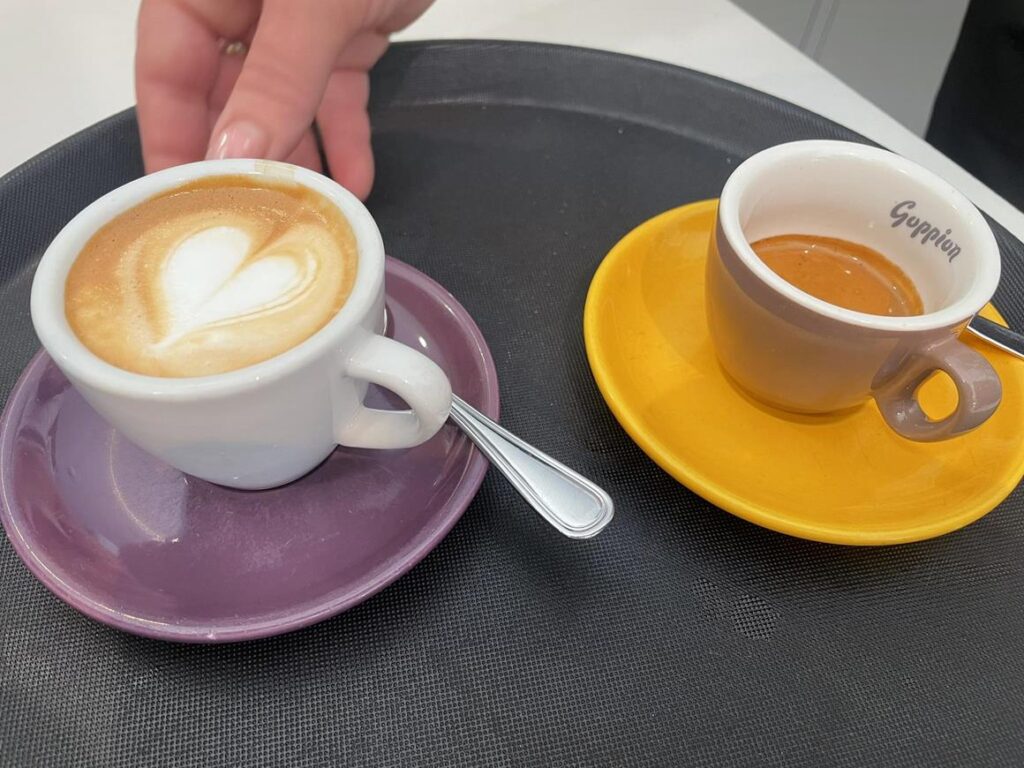
Caffe latte
A milk drink made from a combination of 1/3 espresso and 2/3 milk. Coffee is served in tall glasses or cups.
Mocha
There is one variety of latte coffee. The main difference is that when preparing espresso, it is supplemented with milk or dark chocolate in syrup, then hot milk is added and finished with whipped cream.
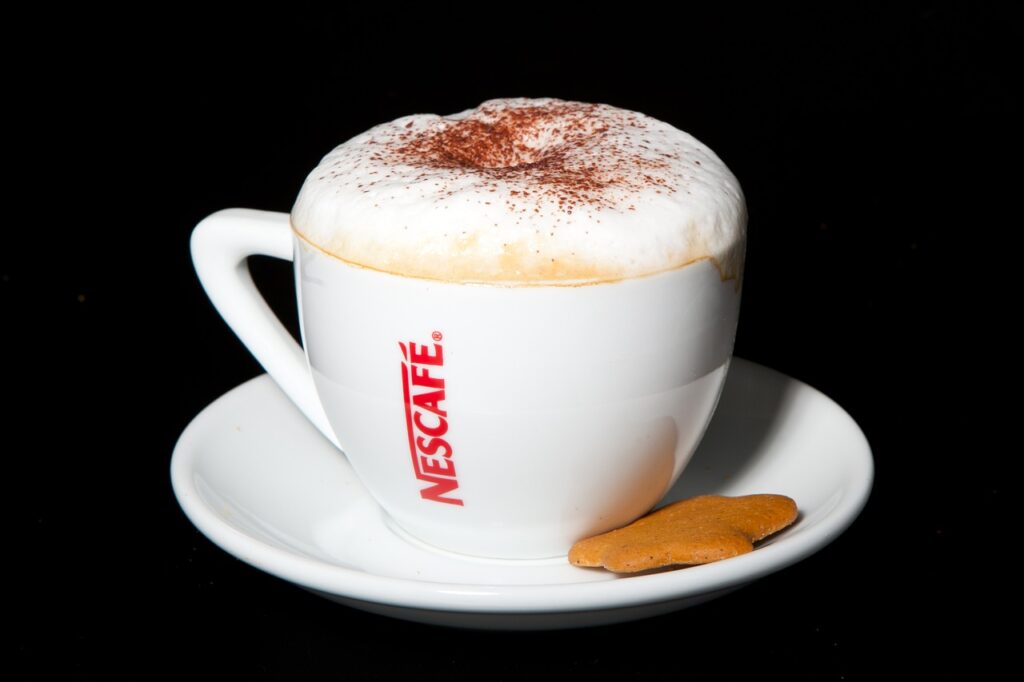
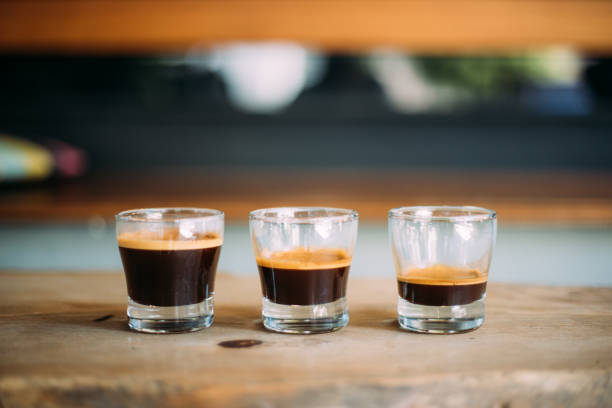
Ristretto
Its preparation method is very similar to classic espresso. However, it is much stronger because twice as much water is used, which makes the foam lighter and the coffee itself a dark chocolate color.
Processing of cocoa beans
Drinking coffee is an integral part of Italian art and culture. The most popular type of coffee is espresso, but it is also worth knowing other types.
Dry method
Described as the oldest and cheapest way of brewing beans. Whole fruits are carefully spread on the ground and left to dry. Farmers must turn them regularly to ensure that they are dry on all sides. After about 20 or 30 days of drying, the skins are removed from the beans. Carefully selected beans are sent to the roastery.
Wet method
The collected fruits are placed in appropriate tanks with water, where the grains are ground and sorted – the ripe ones fall to the bottom, the rotten ones float on the water surface. After washing the beans, the skin and part of the pulp are removed. Then the grains go to a vat where they ferment for a period of 12-36 hours.
Honey method
A combination of the two previous methods. The cocoa berries are placed in tanks with water, some of the peel and pulp are removed, then the beans are dried in the sun. After very thorough drying, the remains of the pulp are removed from the beans, leaving them ready for further processing.
